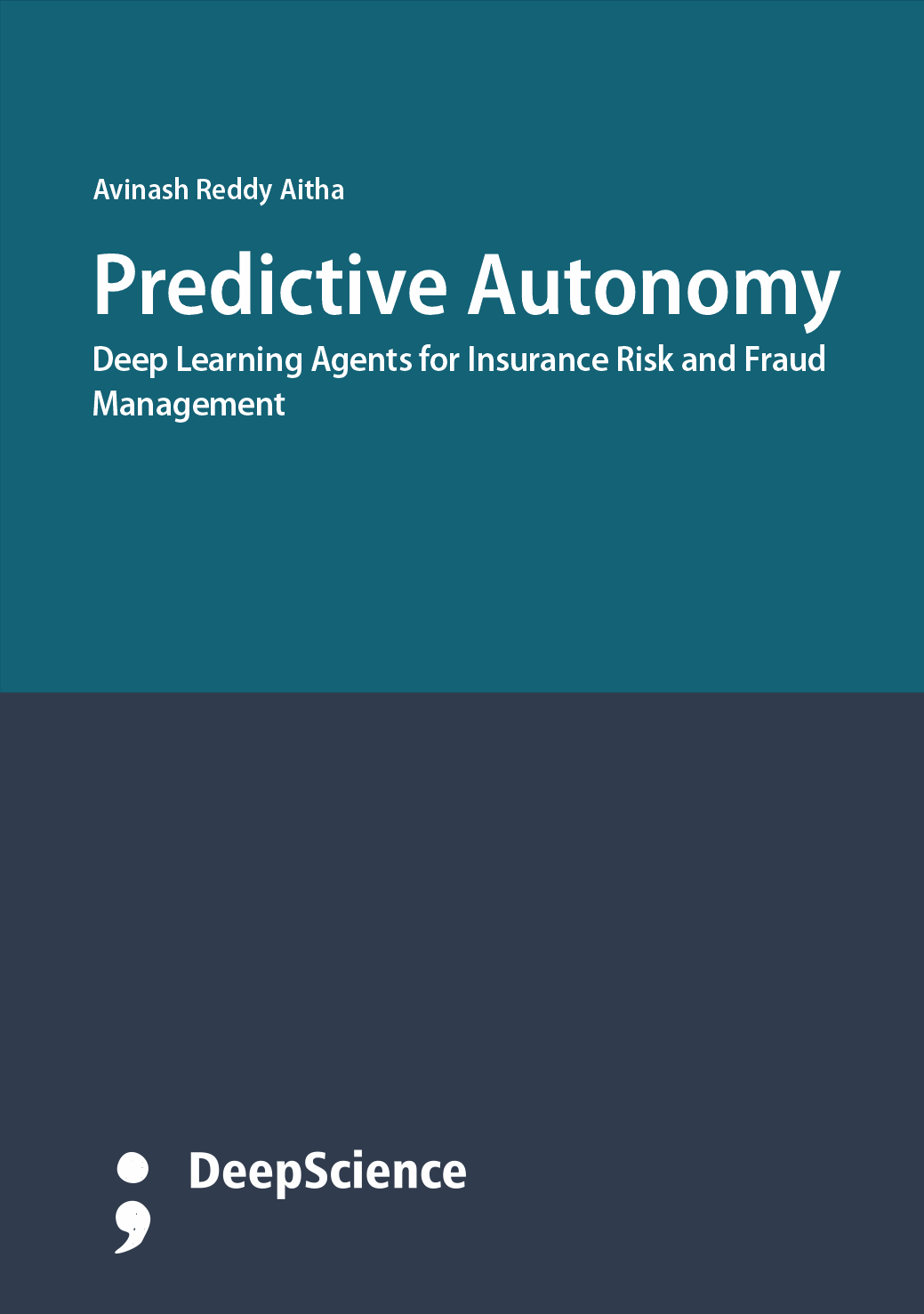Integrating DevOps for Continuous AI Deployment
Synopsis
The advent of artificial intelligence (AI) has added a new dimension to the world of technology and requires the implementation of the continuous deployment technique. Continuous deployment entails automatically deploying code changes to a production environment after passing through automated testing pipelines, thereby enabling frequent integration of minor modifications, including bug fixes, security patches, and AI model updates. Manipulating the code in production environments necessitates specific procedures and mechanisms known as DevOps. DevOps is a practice that enhances both the development and operational sides of a project with the goal of facilitating continuous deployment. DevOps achieves this by enforcing solid communication and collaboration between development and operation teams and implementing sufficient automation in testing, building, deployment, and monitoring tasks.
DevOps originated with the aim of addressing traditional challenges faced during software production, such as lack of communication between development and operation teams, and the need for teamwork between different members of each team. By introducing effective communication tools and automating laborious tasks, DevOps allows these teams to achieve continuous deployment of software. The depth and level of control provided by AI in processing enormous datasets, creating intelligent algorithms capable of performing human activities for diagnostic or decision-making purposes, and assisting research, have transformed almost every industry in the world. AI applications can be classified into two primary groups: parametric, non-parametric, and ensemble models for tasks such as disease classification, credit risk assessment, and short-term forecasting; and deep neural networks, including convolutional and recurrent networks with long short-term memory cells. Continuous deployment has been successfully implemented in several of the former applications. These applications require continuous deployment for rapid deployment of services and incorporation of customer feedback and new ideas. The scenario is similar for neural networks in other applications that benefit from quick response and support from real-time deployment environments. In these cases, DevOps tools and procedures play a crucial role in deploying AI-model-enabled websites or applications.













